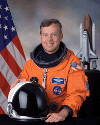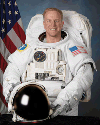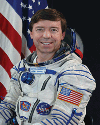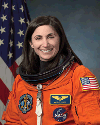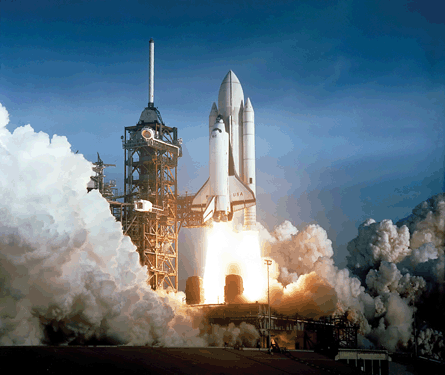 |
|---|
© NASAOn 12 April 1981, the first Space Shuttle, Columbia, launched from Kennedy Space Center with commander John Young and pilot Robert Crippen |
When first launched in 1981, the Space Shuttle carried with it not only the USA's aspirations of a bold future of spaceflight as a normal activity, but also the pride of a nation that, since conquering the Moon, had been battered by the self-doubt of the post-Vietnam 1970s while its space programme drifted along, seemingly without aim.
Accustomed to seeing the Saturn V dance and squirm on the pad before gaining altitude, every one of the millions who watched the first launch, live or on TV, gasped in awe as the Shuttle shot skyward like a cork from a bottle. The joy of achievement was palpable. Today, after all the triumph and tragedy of the Shuttle programme, it is worth remembering that this iconic, all-American reusable spacecraft remains the only one of its kind in the world and still represents state-of-the-art engine and heat-shield technology almost 30 years after its first flight.
With the selection of the crew for what will be the 134th and final Shuttle mission, STS-133, in September 2010, it's T minus one year and counting to retirement and an uncertain future for the USA in space. After the 2003 re-entry loss of
Columbia, the US government decided to retire the fleet once the International Space Station was completed, and that milestone will be reached when STS-133 attaches an Italian-supplied pressurised logistics module, called Raffaello, that will be left in place permanently for use as a laboratory.
Raffaello will be packed with spares to support the ISS, which will be a challenge without a regular delivery of Shuttle-borne supplies. NASA rockets designed to return to the Moon by 2020 have been delayed, leaving a gap until at least 2015 before another American manned spacecraft will fly.
The USA's next step depends on a review of human spaceflight plans being carried out by Barack Obama's administration.
The Italian Space Agency told
Flight International that, in return for supplying Raffaello, the European Space Agency and NASA have agreed to work together on rockets and spacecraft. Whether or not NASA reaches the Moon in 2020, its future in space will involve more international co-operation.
STS-133 crew (clockwise from top left) Cdr Steven Lindsey, Benjamin Drew, Shuttle pilot Eric Boe, Michael Barratt, Nicole Stott, Timothy Kopra |
|---|
Source: Flight International

